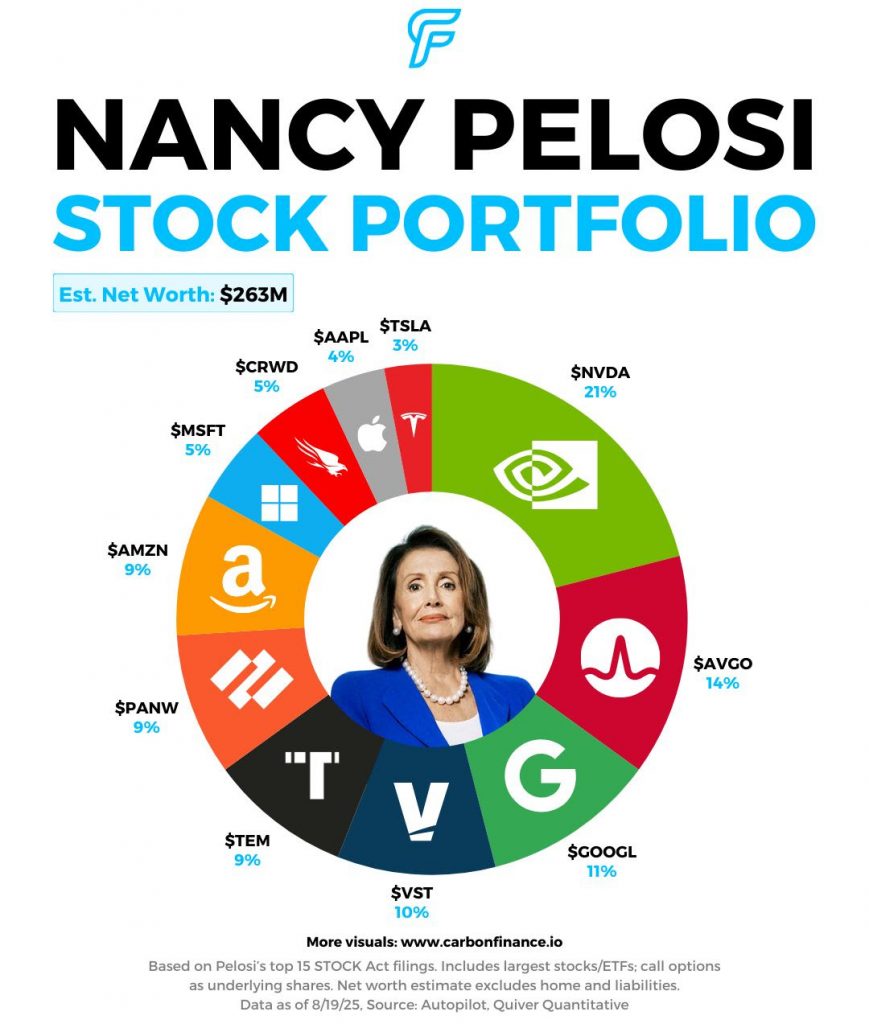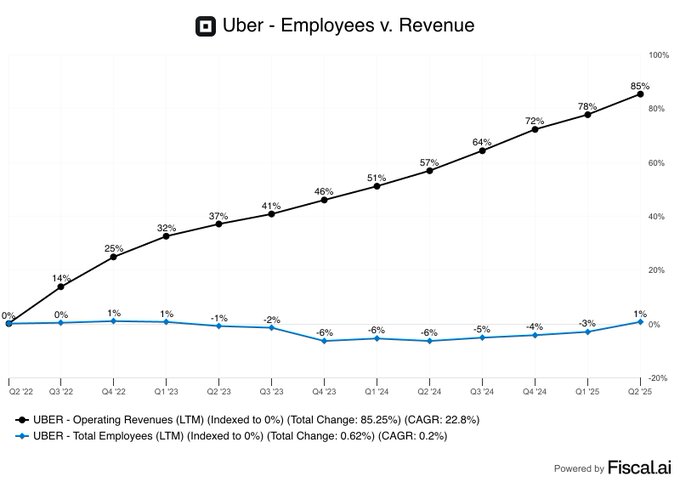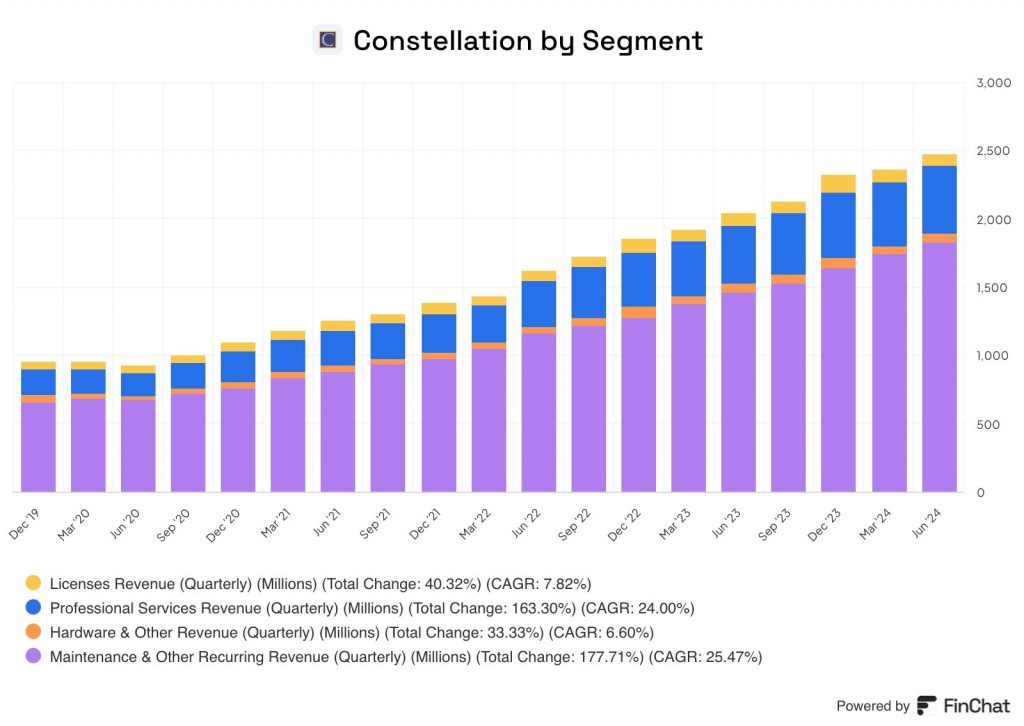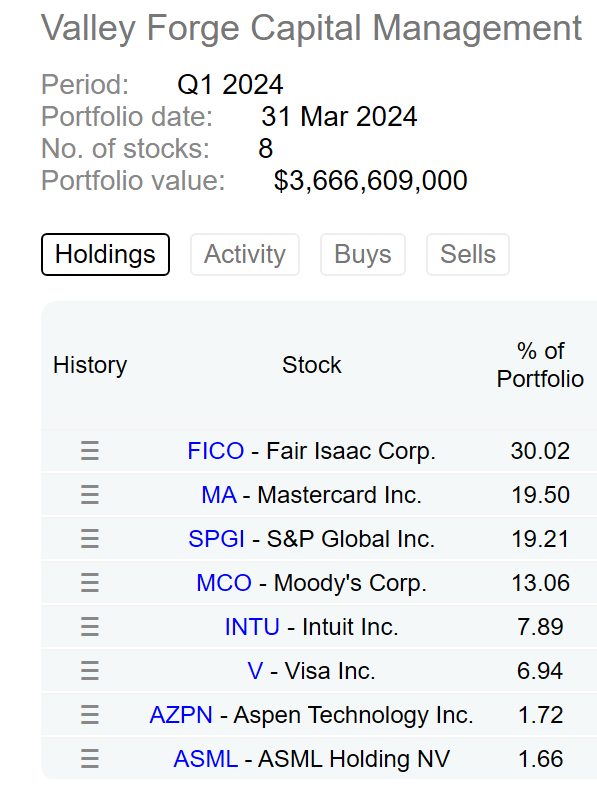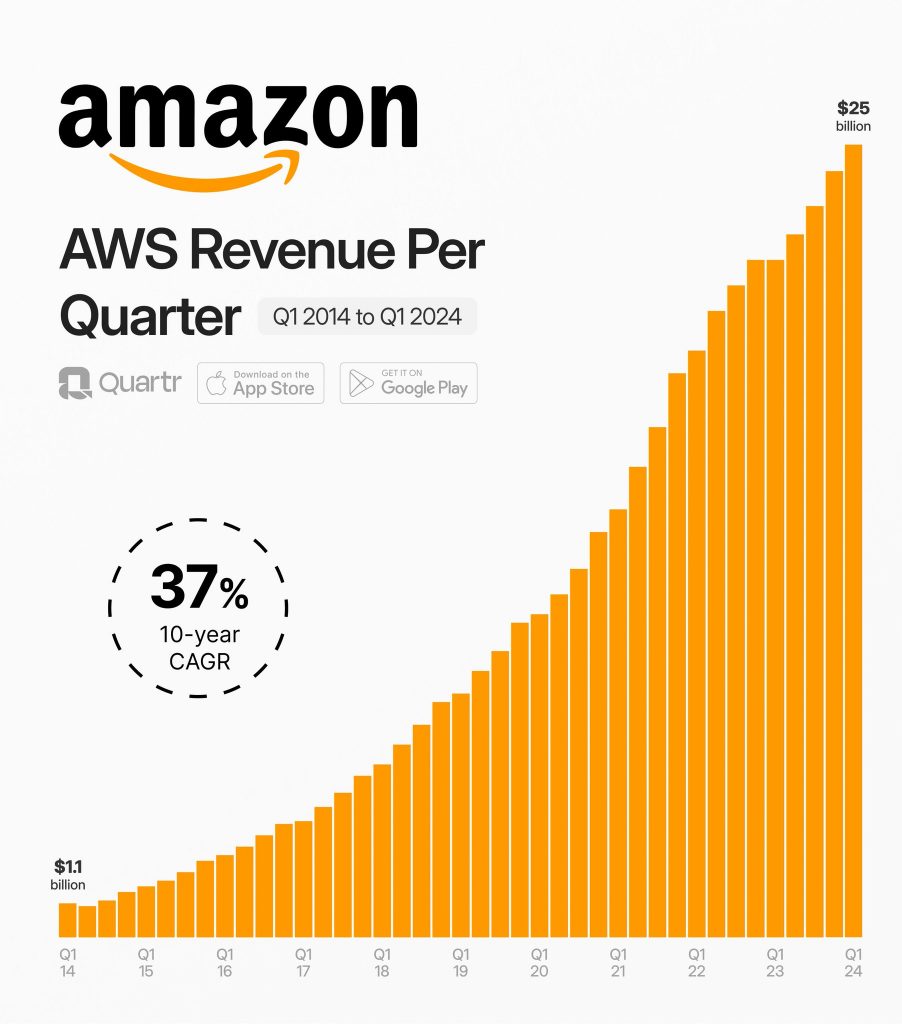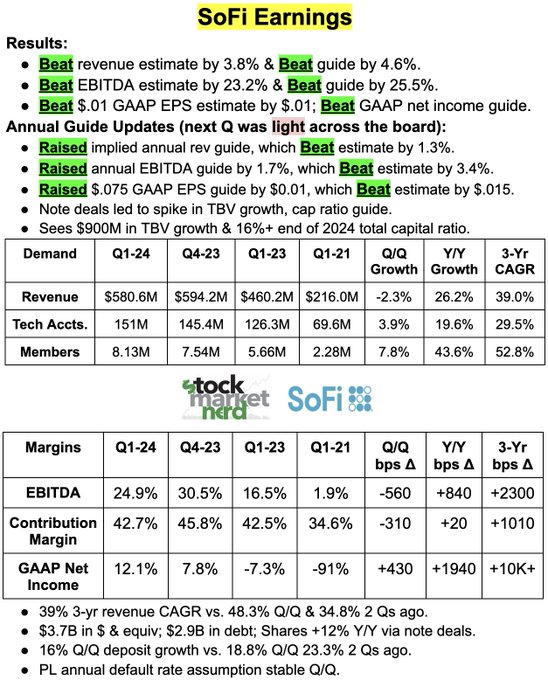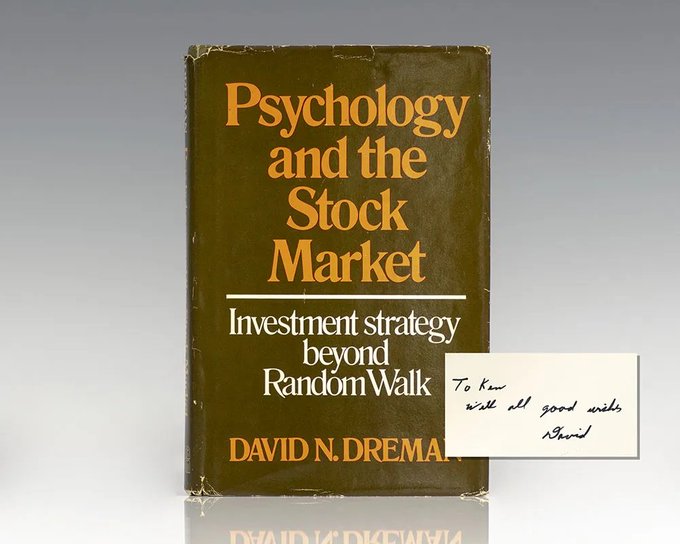1. Exchange Access & Settlement
HL offers access to “major international exchanges” (like Stockholm, Paris, Frankfurt, NYSE, Nasdaq, etc.), but they don’t automatically make all companies on those exchanges available.
- They rely on CREST and Euroclear (the settlement systems) and need to have a smooth process for custody and dividends.
- Smaller or less liquid Swedish stocks sometimes aren’t supported because they’re harder/expensive to settle.
2. Liquidity & Demand
HL curates what’s listed for retail clients.
- Large caps / well-known Swedish companies (think Volvo, Ericsson, Evolution Gaming) tend to be included because they’re liquid and there’s demand.
- Small caps or niche companies may not be available unless enough HL clients request them — not worth the admin burden otherwise.
3. Corporate Actions & Complexity
Foreign shares often involve dividend tax, rights issues, and corporate actions. HL simplifies its offering to avoid the cost/complexity of handling lots of “long tail” small companies overseas.
4. Custody Costs
HL passes some overseas custody and settlement costs onto clients in its dealing fees.
If a stock would require unusually high back-office overhead, HL may simply choose not to offer it to retail clients.
5. Regulatory / Listing Requirements
Some companies, even though they’re on the Stockholm Exchange, might trade only in certain share classes (A vs B shares, for example). HL typically lists the more liquid share class (usually the B shares in Sweden). That’s why you’ll sometimes find “Rokob” but not “Rokoa.”
